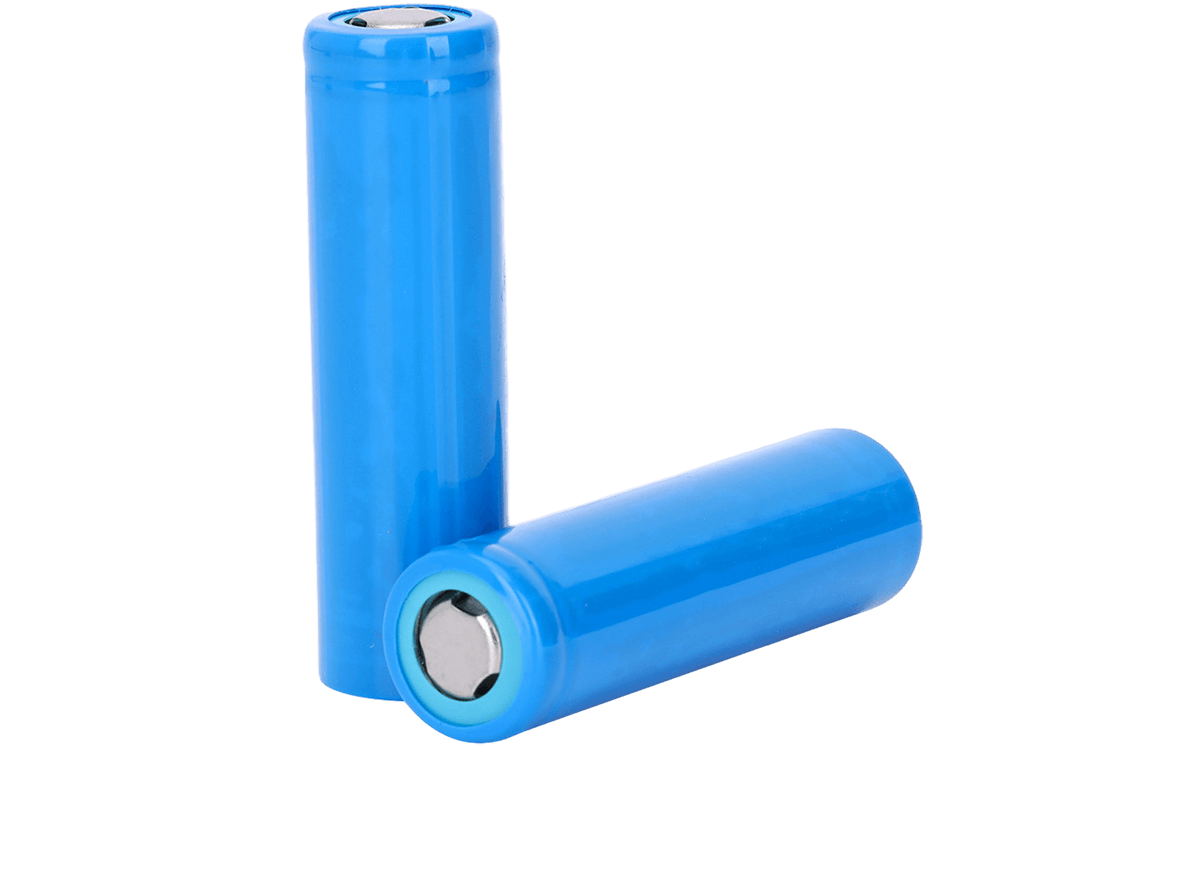Time:2024-03-25 Preview:1 source:News

Market demand analysis: First of all, it is necessary to conduct an in-depth analysis of the new energy market to understand the demand trends, performance requirements and potential application fields of power lithium batteries. This helps determine the goals and positioning of R&D.
Material selection: The performance of power lithium batteries depends largely on the materials selected. Therefore, the R&D team needs to pay attention to the research progress of key materials such as new positive and negative electrode materials, electrolytes, and separators, and select materials with excellent properties for testing and optimization.
Battery structure design: The design of battery structure has an important impact on the energy density, safety performance and production cost of lithium batteries. The R&D team needs to consider factors such as battery shape, size, electrode plate layout, cooling system, etc. to improve battery performance and reliability.
Production process optimization: The quality of the production process directly affects the quality and cost of lithium batteries. Therefore, the R&D team needs to continuously optimize the production process, improve production efficiency, reduce production costs, while ensuring the consistency and stability of the battery.
System integration and testing: Integrating a single lithium battery into the entire power system requires system design and testing. This includes the development of battery management systems, the design of thermal management systems, and the structural design of battery packs. At the same time, rigorous testing is also required to verify the performance and security of the system.
Safety assessment: Safety is the core requirement of power lithium battery system. Therefore, during the research and development process, it is necessary to conduct a comprehensive safety assessment of the system, including overcharge, over-discharge, short circuit, thermal runaway and other tests, to ensure that the safety performance of the system complies with relevant standards and regulations.
Continuous innovation and technological upgrading: With the continuous development of new energy technology, power lithium battery systems also need continuous technological innovation and upgrading. The R&D team needs to pay attention to the latest technological developments and trends, and constantly introduce new technologies, new materials and new processes to improve system performance and reduce costs.
Related suggestion:
Research on battery charging technology
Cambridge University develops new lithium battery materials to make fast charging safer